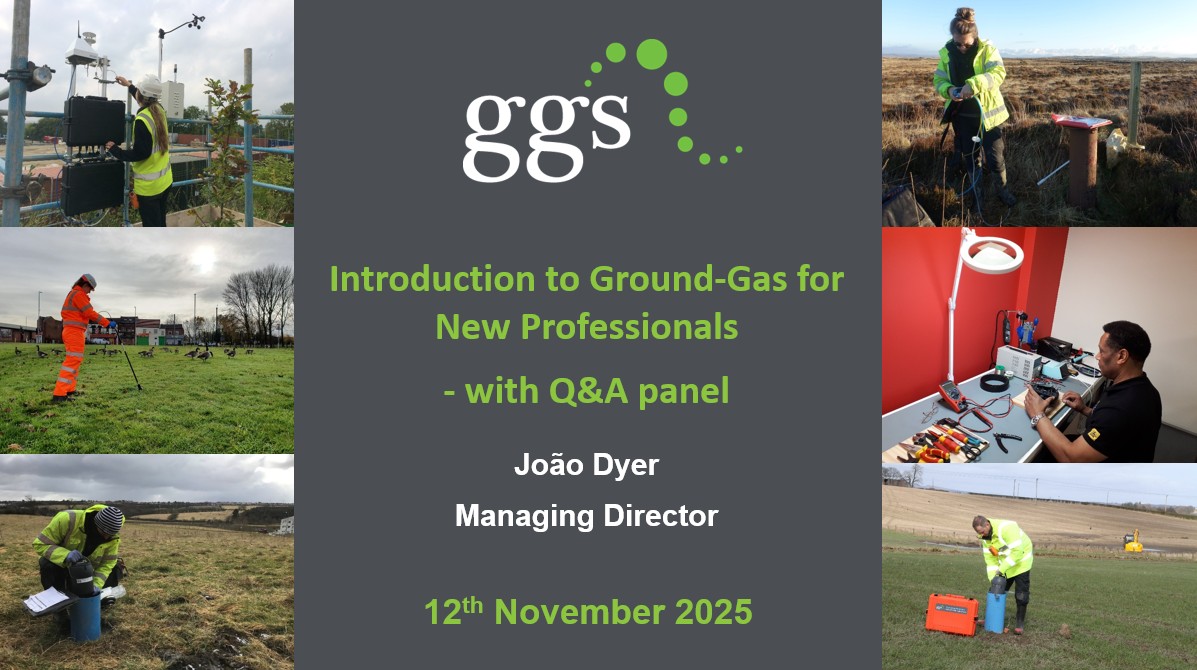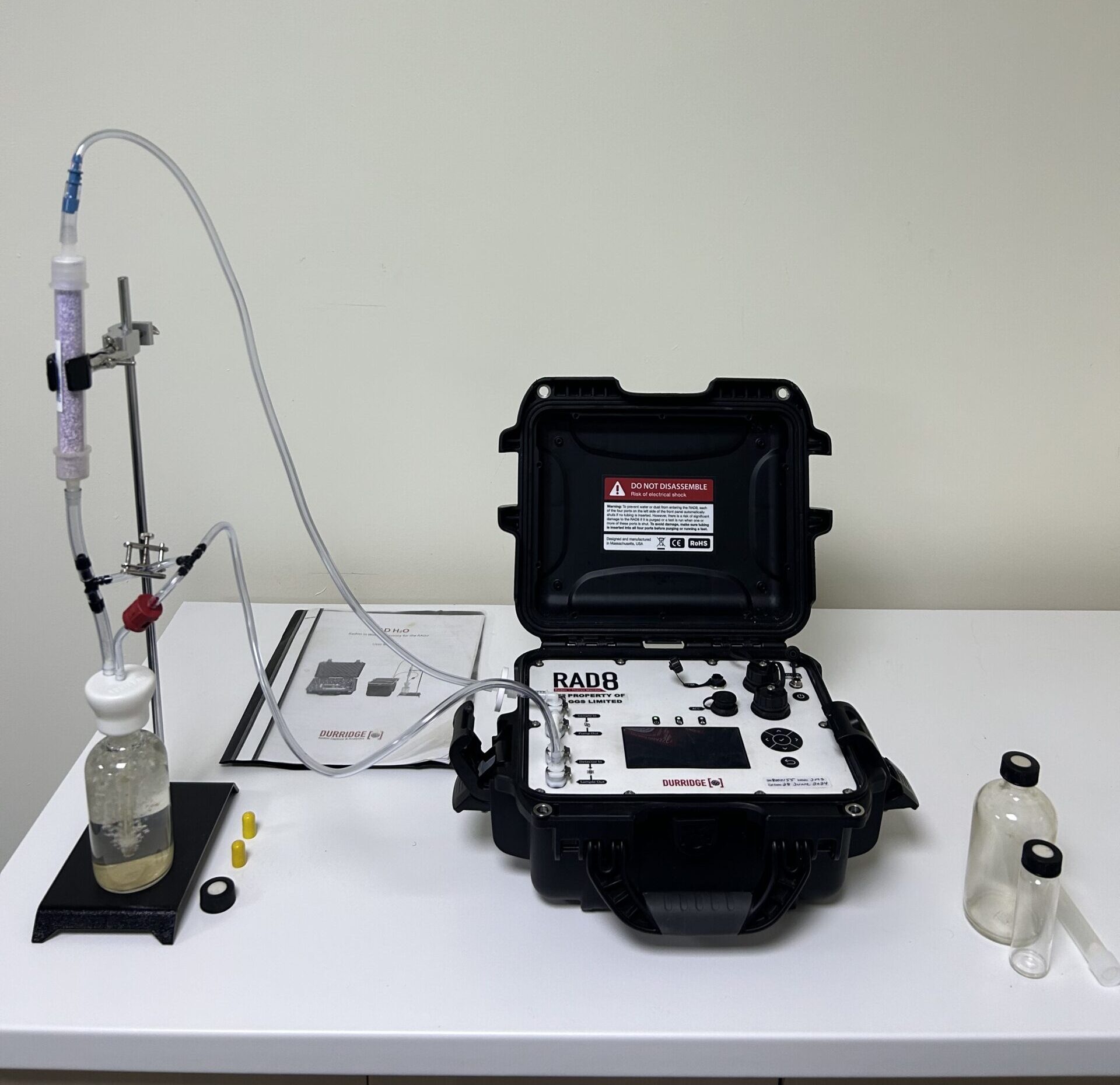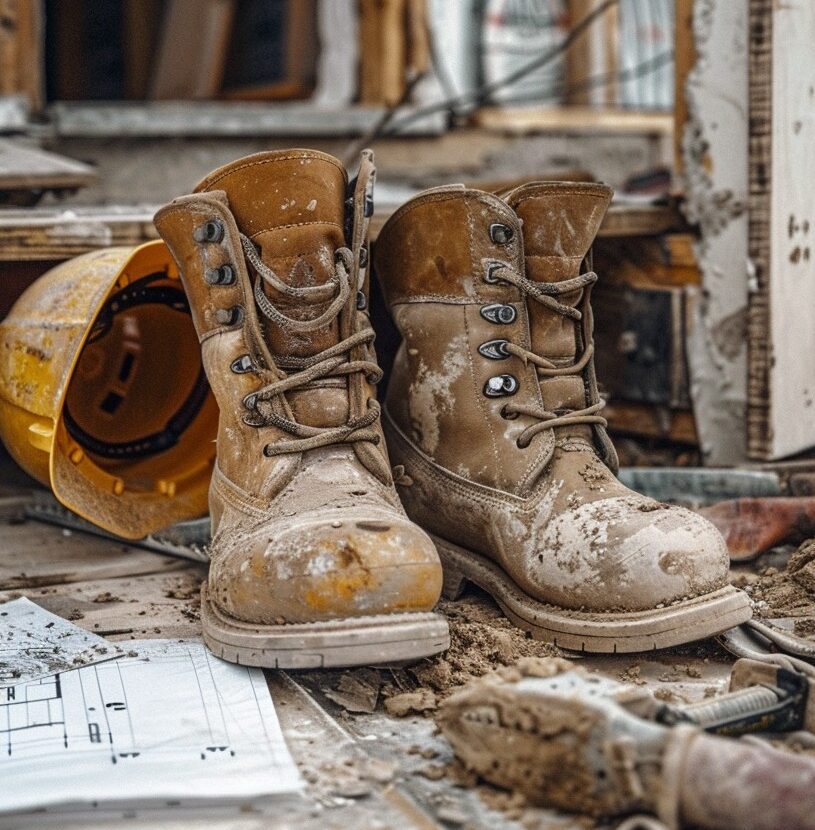We are proud to be researching and developing technology with the aim of measuring, evaluating and mitigating the risks posed from ground gas. For measurement, GGS use innovative technology such as our gas sentinel which means we can collect accurate data and establish a robust conceptual site model.
However, can one of our most reliable senses can be used a measure when detecting ground gas too? Keep on reading to learn more!
Our sense of smell is a warning system that helps us both detect and discriminate smells, which can influence our innate responses. One of the benefits of our olfactory senses is that it is useful when it comes to detecting danger.
One example of how this is used in mitigation strategies is by adding a negative odour to household gas. Natural gas is in fact odourless so mercaptan is added as a harmless chemical. The smell of sulphur works to alert us that there is a gas leak. Interestingly, our own innate warning system would help us to avoid consuming rotten foodstuff, so a smell like this can trigger us into action.
All smells have a hedonic tone to them which indicates how pleasant or unpleasant and odour is. Early humans would have used their sense of smell to hunt, locate food and assess its quality. Olfactory receptors trigger neuron responses in our brain chemistry to function as a warning system. With over four hundred types of olfactory receptors the nose can detect over one trillion unique smells, and so it is one of our most rapid warning systems.


How reliable is our smell?
Due to different variables our capabilities when detecting the hedonic tone of smells may differ. Our olfactory abilities are influenced by several factors such as our health, age, and gender. Conversely, how we detect certain smells can be linked to our own psychology. For example, past negative experiences may influence us to perceive danger when it comes to certain smells. As such, olfactory reliability does differ, but it can be used as an additional line of evidence to inform the ground gas risk assessment process.
We have recently released a white paper on atmospheric pressure, exploring how worst-case conditions can impact site reports. When it comes to assessing your site model, atmospheric pressure may also impact olfactory reliability.
Steady background smells may be harder to detect, but fluctuations and changes may be easier to detect. In addition, atmospheric conditions can also impact our capability when it comes to detecting smells.
Oxidation transforms chemical structures and odour of molecules. If a human nose has tuned or adapted through evolution to the atmospherics removal rates of compound odours, some odours may be detected more sensitively.
When olfactory sensitivity is at threshold level, conditions in the environment could also play a role in our capability to notice a change in odour.
Olfactory can be used as an additional line of evidence when we are exposed to certain smells, providing additional insight into the source and potential risk for health. Gaseous and vapour odours can be of course subjective, and many compounds may not be detectable to the human nose, for example, methane to name one. These odours can pose a risk to people and property without generating an odour.
Some smells such as hydrogen sulphide do have an olfactory response at low concentrations and this can be used to further support evidence of ground gas risk. Through different measuring techniques such as odour description wheels and odour strength assessment tables to evaluate the risks posed by an odour and its source.
Although we are not recommending that smell is used exclusively on site to measure and determine the requirement for mitigation or remediation. Applying olfactory evidence can still be a useful resource to provide an improved understanding to the potential source or gas/vapours and associated risk.
In a typical site visit our team have a good understanding of odour assessment and how to recognize odours that are likely to exhibit health harm, they can then report on this to generate a full site picture.
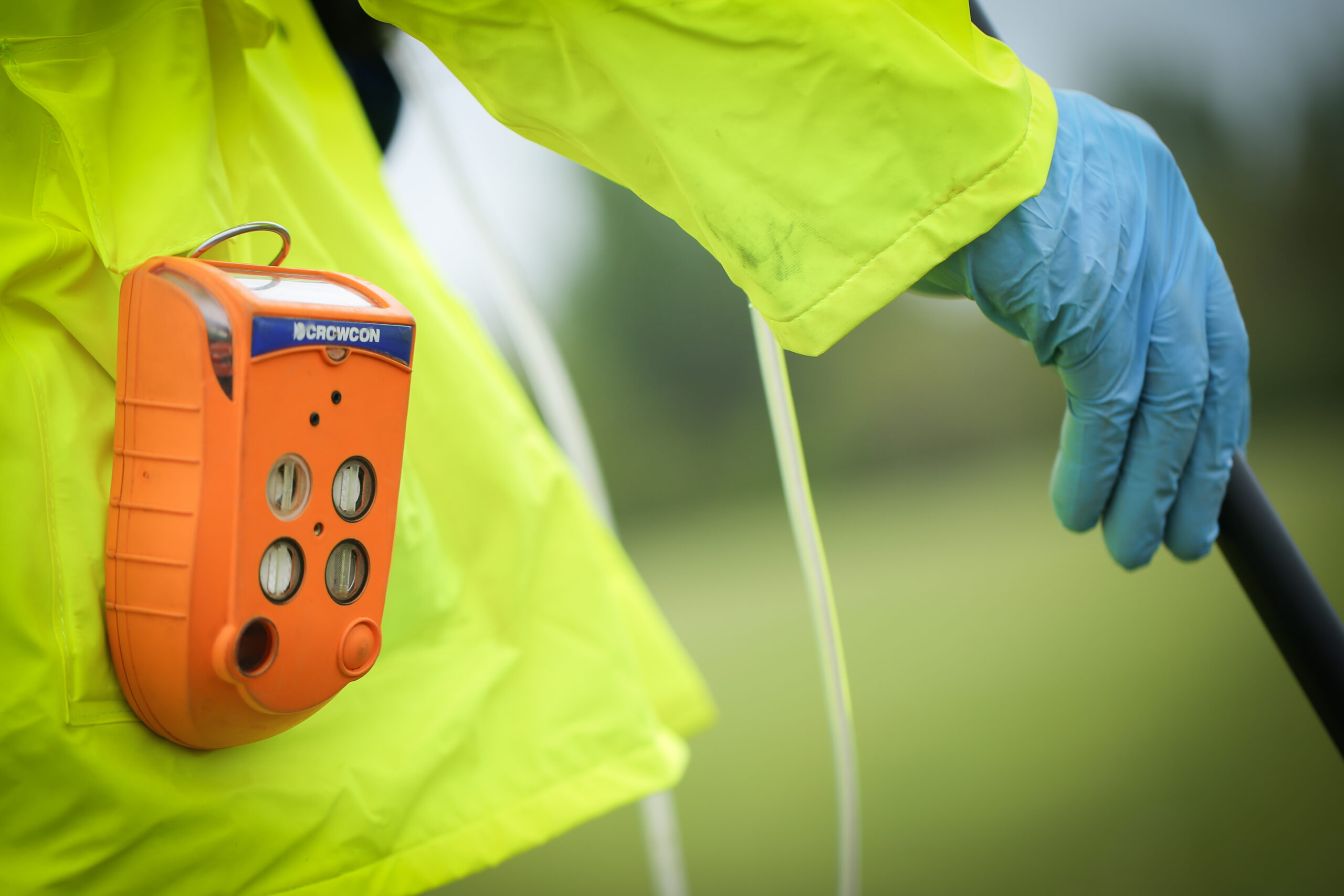
When you have a comprehensive understanding of your site you are more informed to develop suitable mitigation strategy. At GGS, we believe that all aspects of onsite monitoring strategies should be considered and accounted for to ensure that the risk is understood.
From smells on site to atmospheric conditions, GGS’ focus to research and applied knowledge leads to less uncertainty when assessing the risk posed by ground gas and vapours. However, we are always aiming to innovate and improve the services we provide. If you want to work with one of the UK’s leading ground gas solutions team, make sure that your choice is GGS. Read more about the clients we work with and get in touch with us today.
The following pages include news articles, videos, guidance notes and white papers on a range of ground gas related topics which we hope you will find of interest. Please browse through but if you can’t find something on your particular issue of interest, we’d be very pleased to hear from you so we can put that right.
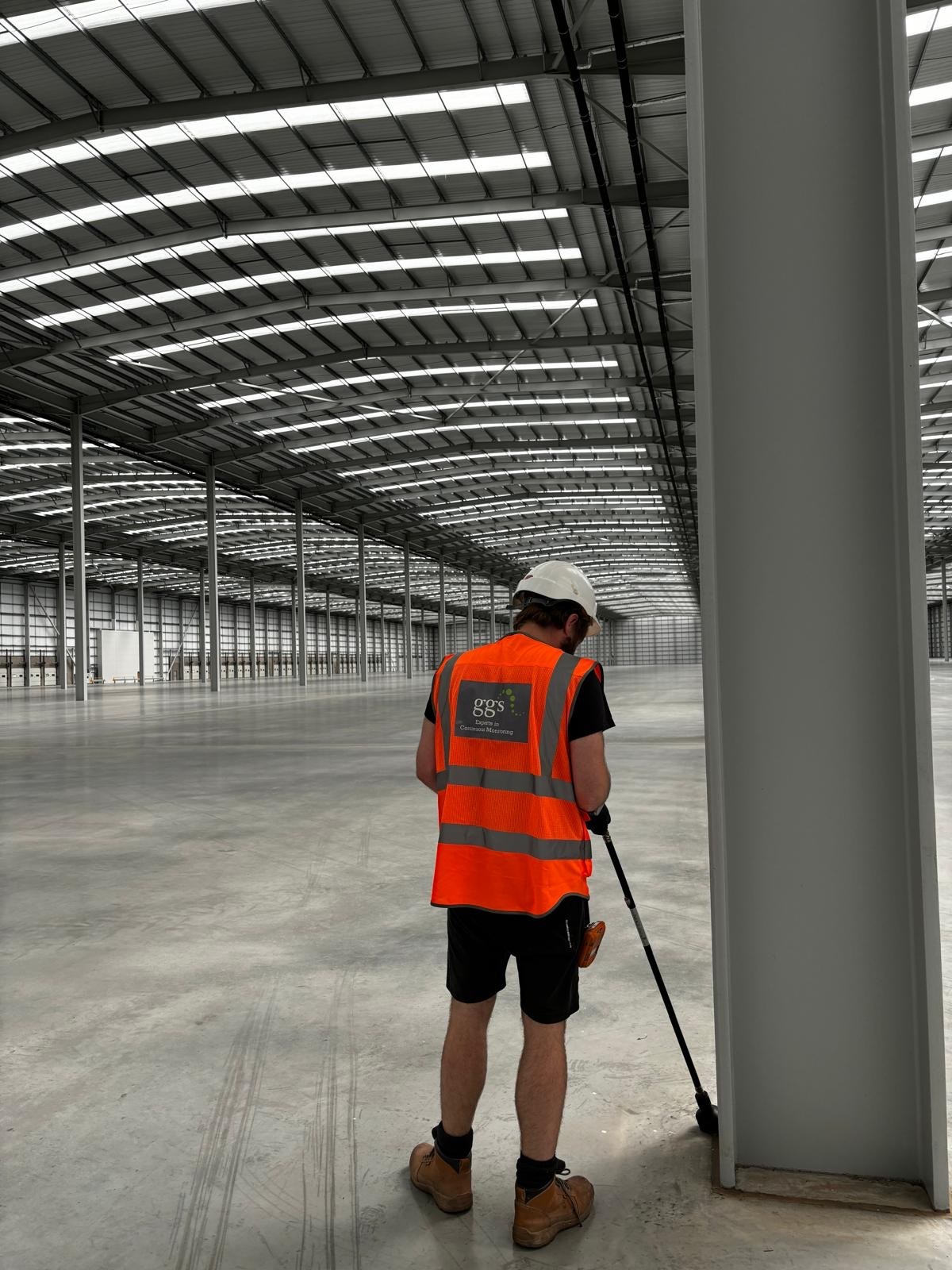
Establishing a new warehouse involves managing numerous moving parts such as ensuring operational systems are in place, training staff and coordinating logistics. Amidst this complexity, it’s essential to remain compliant with environmental and safety regulations.
One important aspect is managing and mitigating ground gas risk. Keep reading to learn about the process and what to expect.


